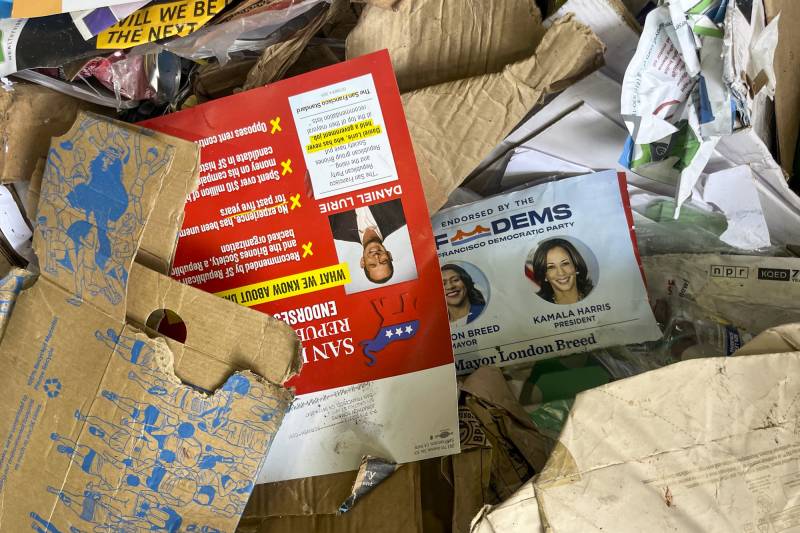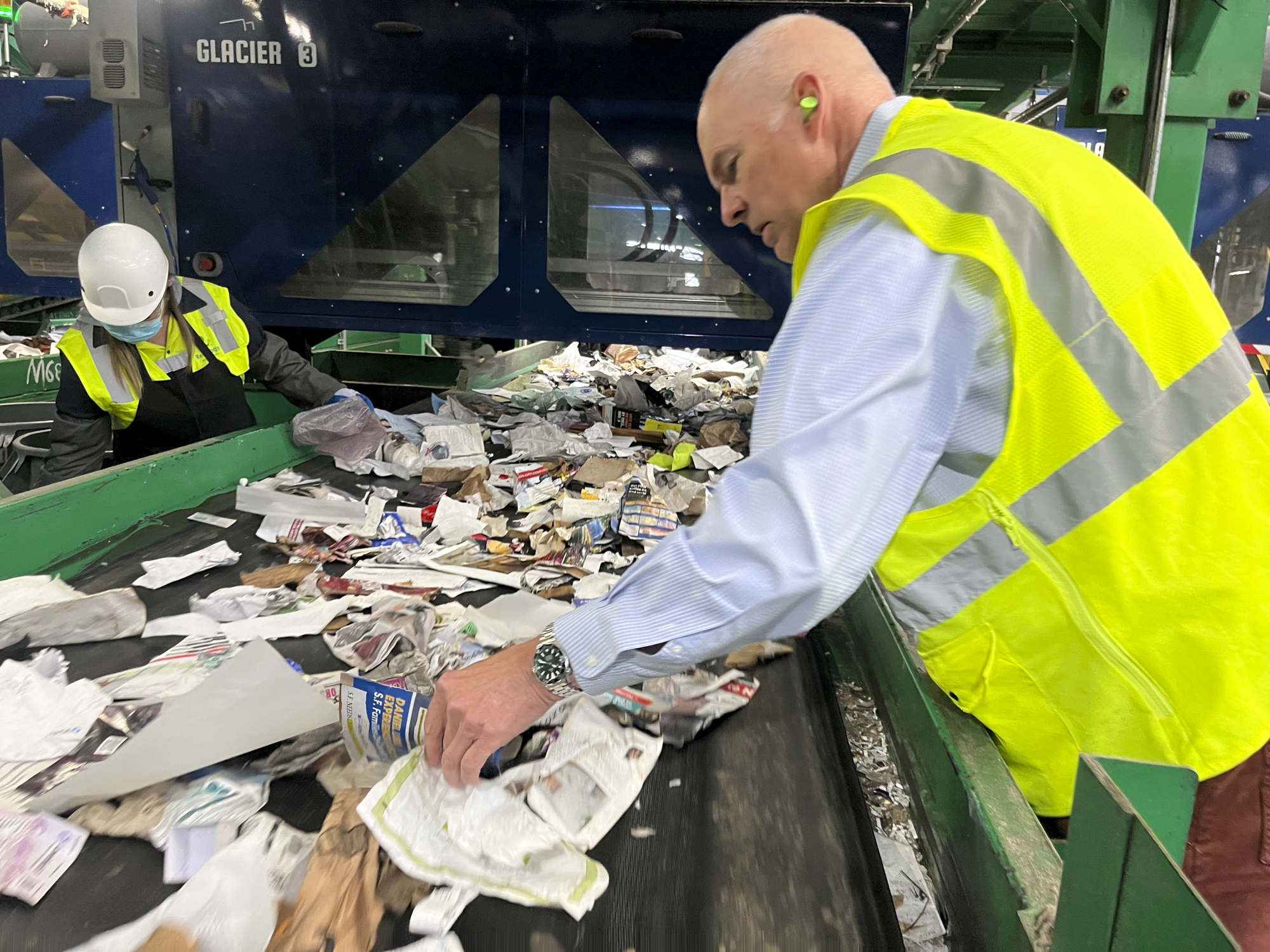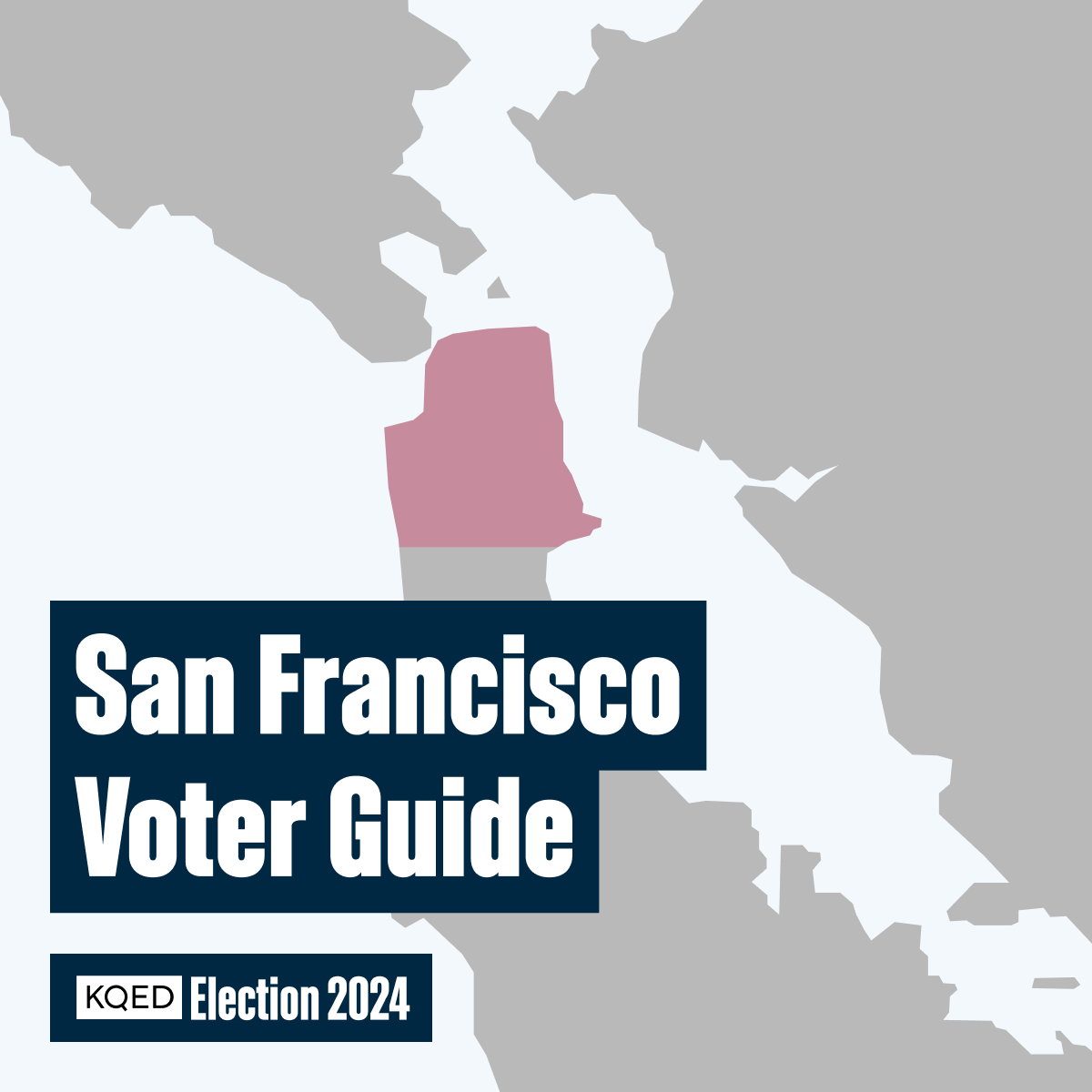The end of the 2024 election season is just days away, bringing — for better or worse — a conclusion to the uncertainty over who will hold the offices of power come next year.
Another ray of light awaits us just beyond the horizon: the unceasing avalanche of campaign flyers will finally stop. But in the meantime, where do they all end up?
When I check my mail lately, I’m confronted by a mass of colorful ads praising one candidate or measure or condemning another. And although I already know who I’m voting for, the flyers keep coming. They clog my mailbox and litter the streets.
And I know I’m not alone in this. Campaigns and political groups are sending out tons of these mailers, especially in San Francisco, where a contentious mayoral race has become the city’s most expensive in recent history.
In the last two weeks of October alone, Supervisor Aaron Peskin’s mayoral campaign sent out over 225,000 mailers, according to public filings with the San Francisco Ethics Commission. They cost his campaign roughly $175,000.



